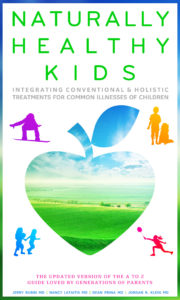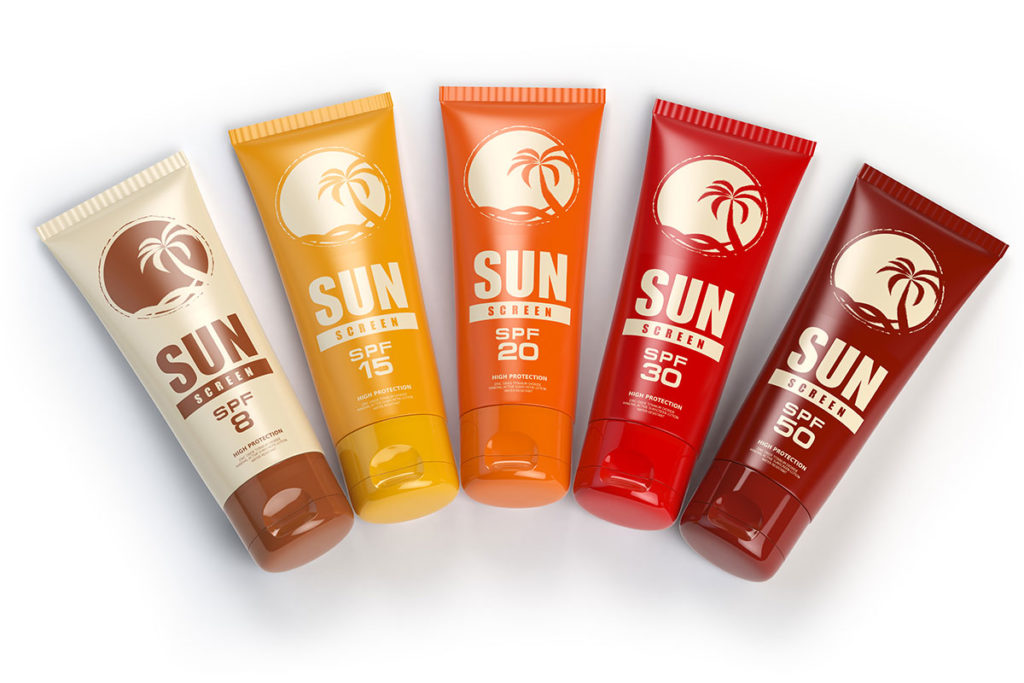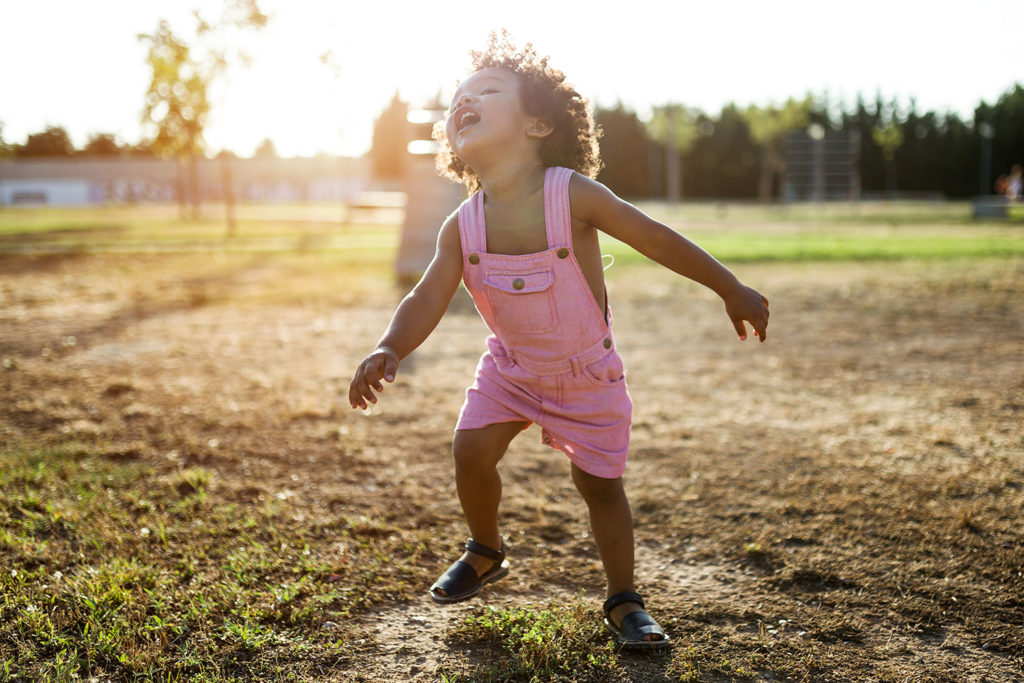We’ve all been in COVID-19 lockdown for some time now, but the sun is beginning to shine and many of us are taking our kids out to (safely!) get a little of that amazing Colorado sunshine. A common boast is that Colorado has at least 300 days of sunshine annually. Regardless of the accuracy of that claim, those of us who are fortunate enough to live in this beautiful state know that its many days of sunshine, no matter how wonderful, can also present a challenge. Combine those days of sunshine with the nation’s highest average elevation (Denver is the Mile High City, after all!), and Colorado has the United States’ highest per capita rate of skin cancer. Because research indicates that five or more bad sunburns before the age of 20 can increase one’s risk of melanoma by an astounding 80 percent, sun protection should be on everyone’s mind every day of the year (or maybe it’s on your mind because you’re taking your family somewhere awesome for Spring Break)! As a parent, it is your job to protect your children, and preventing sunburn can require constant vigilance on your part. As your integrative pediatrician and medical home in the Mile High City, we are happy to help by offering the following tips and recommendations:
Sun Protection Tips

As set forth in our Naturally Healthy Kids handbook (available on Amazon as an eBook), sunburn is caused by overexposure to ultraviolet radiation, both Ultraviolet A (UVA) (the more damaging type and especially potent in the summer months) and Ultraviolet B (UVB). Children especially need to be protected from the sun’s burning rays because most sun damage occurs in childhood, including at the beach, sporting events or while engaged in outdoor activities (such as hiking, skiing and snowboarding). Sunburn is a serious problem for all children, but especially so for infants who have thin or fair skin. The most common physical characteristics that are predictors for severe sunburn are red or blond hair, blue or green eyes, freckles and/or a large number of moles, although sun protection is important for children of all skin colors and tones.
The American Academy of Pediatrics (AAP) has developed guidelines for sun safety and protection for infants and for kids. These guidelines are set forth below, as supplemented by guidelines published by the Centers for Disease Control and Prevention (CDC) and some helpful tips and information found in our Naturally Healthy Kids handbook:
For Infants Under Six Months:
- Keep infants out of direct and indirect sunlight, except during the earliest and latest hours of daylight (even then sun exposure should be minimal). Look for shade under a tree, umbrella or stroller canopy.
- Dress babies in lightweight clothing that covers the arms and legs, and use brimmed hats that shade the neck to prevent sunburn.
- When adequate clothing and shade are not available and there is no way to avoid the sun, apply a minimal amount of sunscreen with at least 15 SPF (sun protection factor). Apply the sunscreen to small areas that are not covered by hats and clothing. Remember to cover all exposed areas of a baby’s skin, including the face, back of the hands, back of the neck, tips of the ears, and tops of the feet.
For Kids:
- As with infants, the first, and best, line of defense against harmful ultraviolet radiation exposure is covering up and staying in the shade, whenever possible.
- When selecting clothing to protect against sun exposure, look for those made of tightly woven fabrics and of darker colors. Commercially available sun-protective clothing (like swim shirts) are helpful. Cotton clothing is also both cool and protective.
- Find a wide-brimmed hat that can shade your child’s cheeks, chin, ears and back of the neck, and sunglasses (preferably wrap-around) with UV protection to protect your child’s eyes. Baseball caps do not protect your child’s ears and neck so be sure to apply sunscreen if your child chooses to wear a cap.
- Apply sunscreen with an SPF 15 or greater to any areas of your child’s skin that aren’t covered by clothing. Children at a higher risk for burning (such as those who are fair-skinned and fair-haired) should receive a sunscreen of SPF 30.
- Rub sunscreen in well, making sure to cover all exposed areas, especially the face, nose, ears, feet and hands, and even the backs of the knees. Apply carefully around the eyes and avoid the eyelids. It is a good idea, before applying, to test the sunscreen on your child’s back for an allergic reaction. If the sunscreen irritates the skin, try a different brand or sunscreen with titanium dioxide or zinc oxide. If a rash develops, contact your pediatrician. We are always happy to help!
- Be sure to apply enough sunscreen, which is about one ounce for an adult-sized person and proportionally less for a child. Apply sunscreen every time your child is going outside.
- To prevent sunburned lips, apply a lip coating that contains PABA.
- Reapply sunscreen every two hours or after swimming, sweating or towel drying. Remember that a “waterproof” sunscreen will only stay on your child’s skin about 30 minutes in water.
- Remind your kids, again and again, about the dangers of sunburn and discourage any preoccupation with tanning, including the use of tanning beds.

Additional Sunscreen and Sun Safety Tips:
- The sun’s rays are the strongest between 10 a.m. and 4 p.m. Plan on limiting sun exposure during those hours.
- The sun’s damaging UV rays can bounce back from sand, water, snow or concrete. Be particularly careful in those settings, including while skiing or snowboarding in the beautiful Rocky Mountains!
- Don’t let your guard down on those relatively rare cloudy days in Colorado. Up to 80% of the sun’s UV rays can get through the clouds so continue to use sun protection.
- Put sunscreen on your child 30 minutes before going outdoors. It is not immediately effective and needs time to work.
- Remember that sunscreens should be used for sun protection and not as a reason to stay in the sun longer, tempting as that may be!

Choosing a Sunscreen
When choosing a sunscreen, look for the words “broad-spectrum” on the label, which means that the sunscreen will protect against both UVB and UVA rays. Choose a water-resistant sunscreen and reapply as noted above. Many dermatologists prefer mineral sunscreens made of titanium dioxide or zinc oxide, which deflect sun rays and are often gentler on kids’ more sensitive skin. If your child’s nose, cheeks, top of the ears, shoulders or any other area has been repeatedly burned, protect them completely with zinc oxide ointment. Avoid using sunscreens with chemical ingredients, such as oxybenzone or avobenzone, as they carry a higher risk for irritation. Oxybenzone also may have hormonal properties.
For infants under 6 months of age, do not use a sunscreen containing PABA (para-aminobenzoic acid). A good PABA-free sunscreen suitable for babies is Water BABIES.
It is generally best to purchase a sunscreen lotion, rather than a spray or a stick sunscreen. Sprays may seem easier to apply, but they won’t work effectively unless properly applied–the spray nozzle should be about 2 centimeters (a little less than an inch) from the skin and the liquid should be visible on the skin. When using a stick sunscreen, you need to make four passes on each area of the skin to have any effect. So unless you are consistently willing and able to make the effort to diligently apply a spray or stick sunscreen, it is best to use a sunscreen lotion.
We at PIP are really fond of Badger and All Good brand sunscreens.

We recommend that you take the time to do the research before purchasing sunscreen. Doing so is a worthwhile investment for your children’s health, both now and in the future!
As always, please contact us with any questions you may have regarding this or any other topic concerning your child’s health and well-being. As a holistic pediatrician, we combine both conventional medicine and complementary and alternative treatments in order to provide integrative pediatric health care of the highest quality. Thank you for trusting us with your precious kiddos! Remember to be safe and follow recommended COVID-19 guidelines while enjoying the sun! Take care, and stay healthy out there!



Leave a Reply